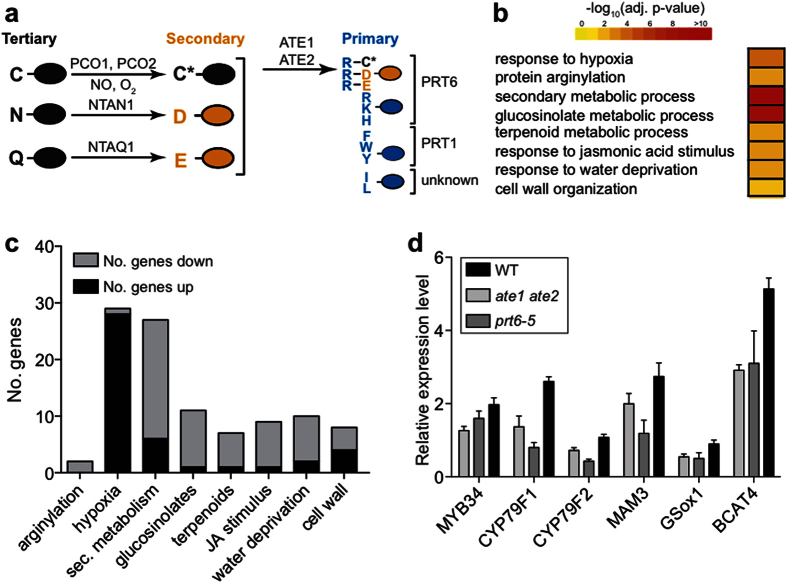Figure 1. Defense-related pathways are affected in ate1 ate2 mutant seedlings.
(a) Hierarchical organization of the Arg/N-end rule pathway in Arabidopsis thaliana. Primary destabilizing residues are recognized by the N-recognins PRT113 and PRT614 as well as other unknown N-recognins. Secondary and tertiary destabilizing residues are first modified before recognition by PRT610,15,19,67. Ovals represent proteins. N-terminal residues are indicated by single-letter abbreviations. C* denotes oxidized cysteine. (b) Selected GO terms identified to be enriched among genes that are differentially expressed in ate1 ate2 mutant seedlings compared to the wild type. Adjusted P-values are represented through color-coding. Differentially expressed genes were identified based on |log2(fold change)| > 0.5 and an adjusted P-value < 0.05. (c) Directionality of gene expression changes within selected GO categories enriched in the microarray dataset. Hypoxia-related genes used for this analysis were taken from a list of core hypoxia genes24. Sec. metabolism: secondary metabolic process. (d) Expression of selected genes involved in glucosinolate biosynthesis. Expression levels were assessed by RT-qPCR and are presented relative to the expression of the ‘REF2’ reference gene. Error bars correspond to SEM of four independent biological replicates. MAM3: METHYLTHIOALKYMALATE SYNTHASE3; GS-ox1: GLUCOSINOLATE S-OXYGENASE1; BCAT4: BRANCHED-CHAIN AMINOTRANSFERASE4.

